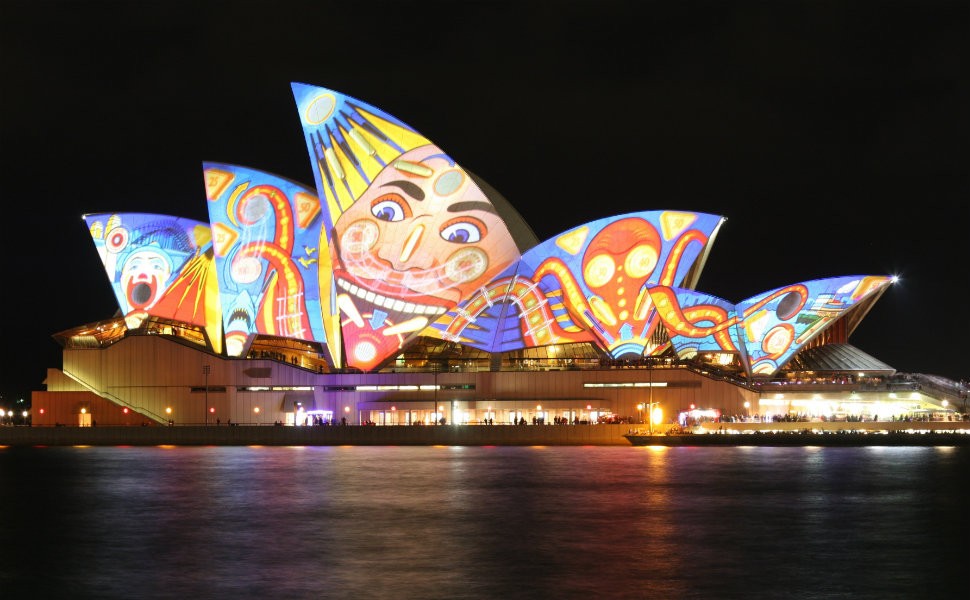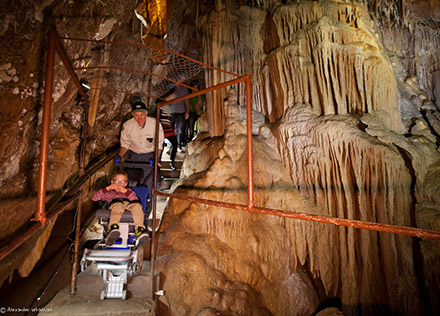Our iconic places set accessibility example

Sydney Opera House
The Sydney Opera House is the world’s most photographed building and one of Australia’s most iconic places. However, it hasn’t always been a place everyone can enjoy.
Just a few years ago people with limited mobility had to go through the back areas of the building and use the goods lift.
Now, the Sydney Opera House has made a commitment to provide barrier free access so that everyone can enjoy the building and the experiences it offers without being shunted out the back.
The building has been upgraded so that movement is much easier in all areas, with accessible escalators and lifts, as well as better seating and sight lines.
Wheelchairs are now available for loan, FM listening systems are installed in all the main venues, and there are selected audio described, live captioned and Auslan interpreted performances.
More work is needed but there is a plan in place to continue to improve access so that the Opera House can truly become a place for all Australians. Not before time too.
Buchan Caves Reserve, Victoria

Until recently only those lucky enough to have full mobility were able to experience the stunning limestone caves of the Buchan Caves Reserve in Victoria.
The only access to the Fairy Cave was to climb down narrow and steep steps and navigate uneven ground, ruling the trip out for many people with disability.
Now people with a disability are able to experience the Fairy Cave’s elaborate stalactites and stalagmites by using an electric Stairclimber.
The Stairclimber can take up to 60 kilograms and is specially designed for the caves and operated by a Parks Victoria guide.
Kudos to Parks Victoria for trying new technology to make natural places more accessible for everyone. As you may remember from one of our earlier posts, they are also supporting the motorised all-terrain wheelchairs in some of its parks and reserves.
